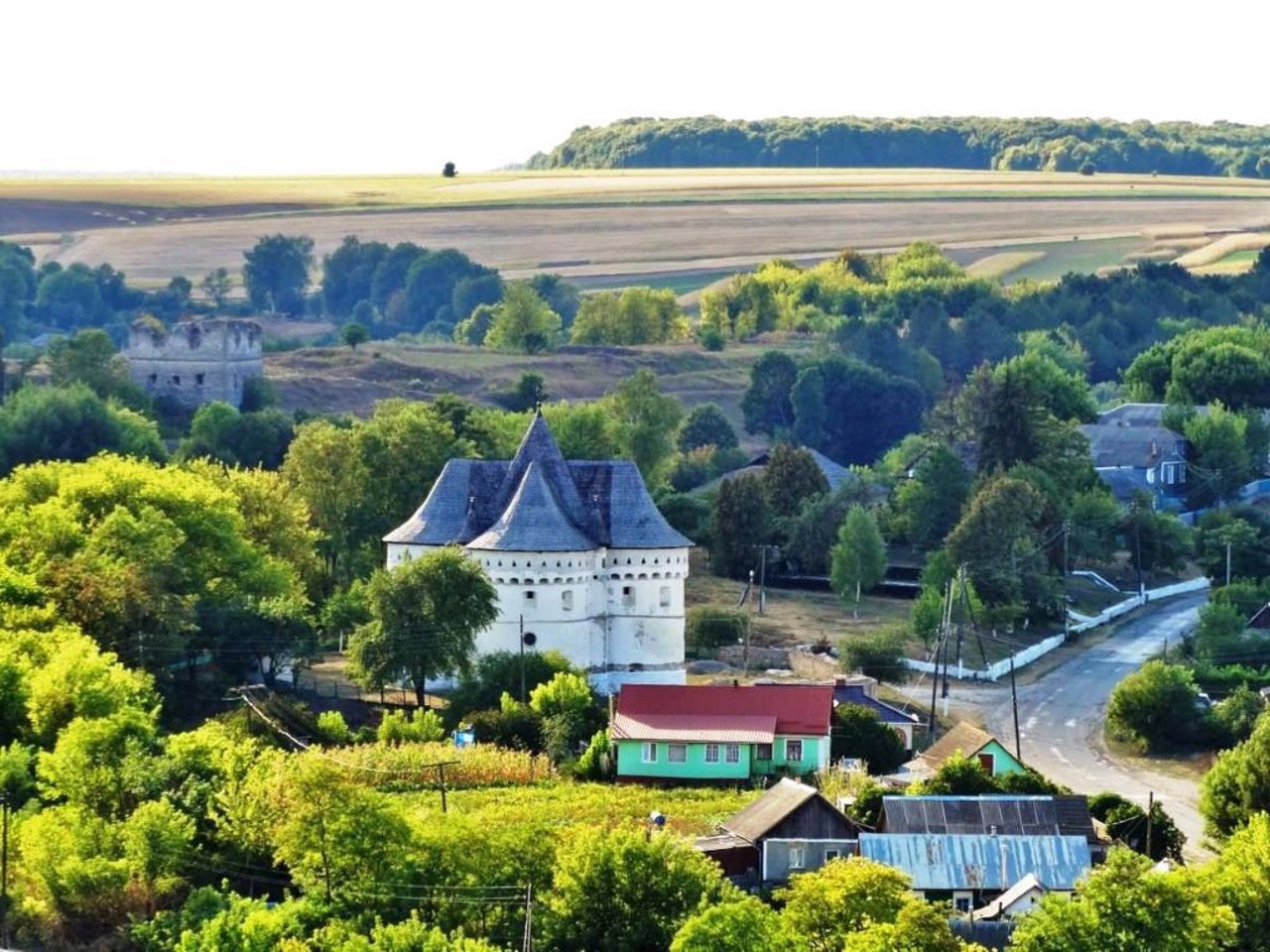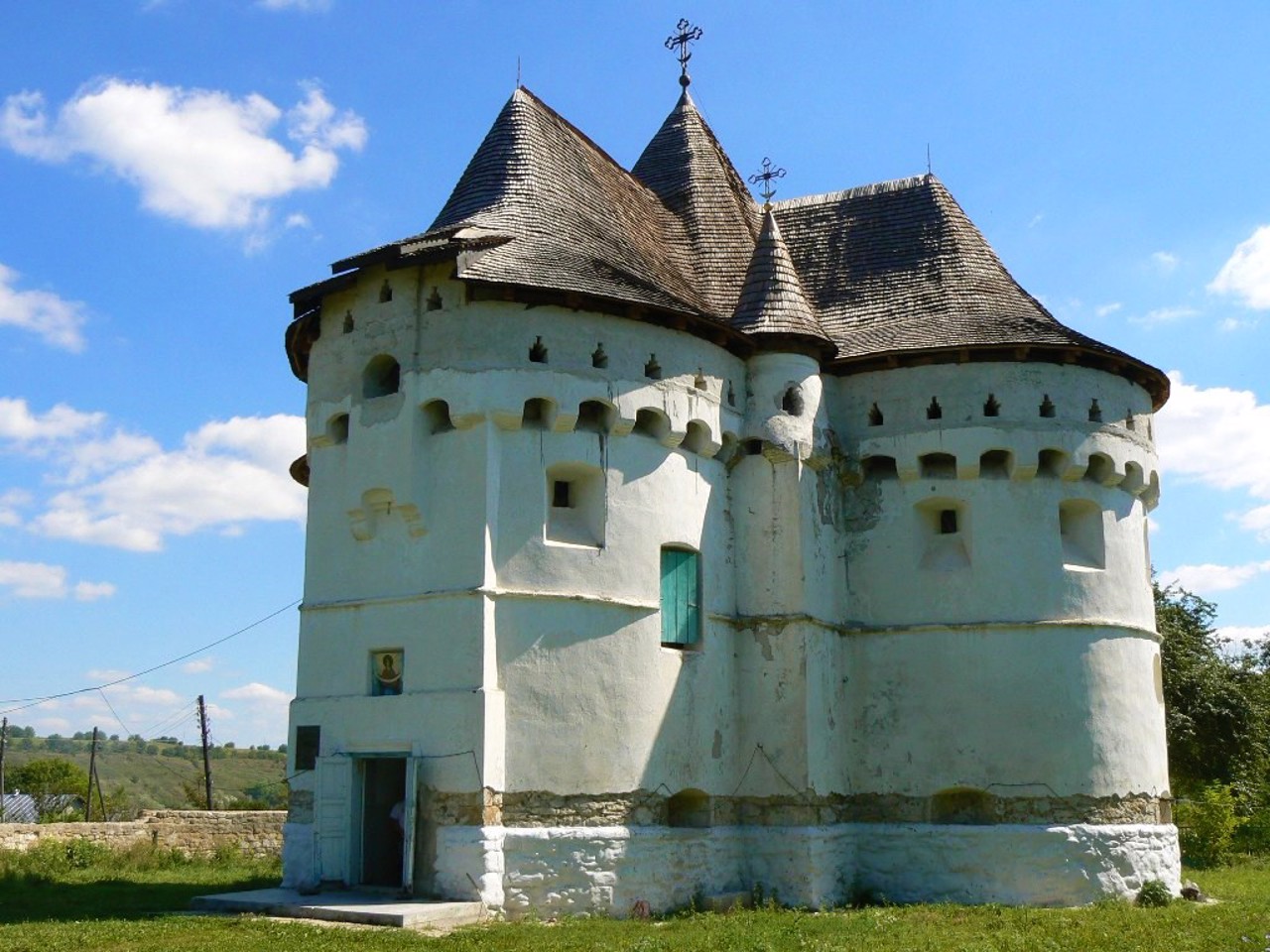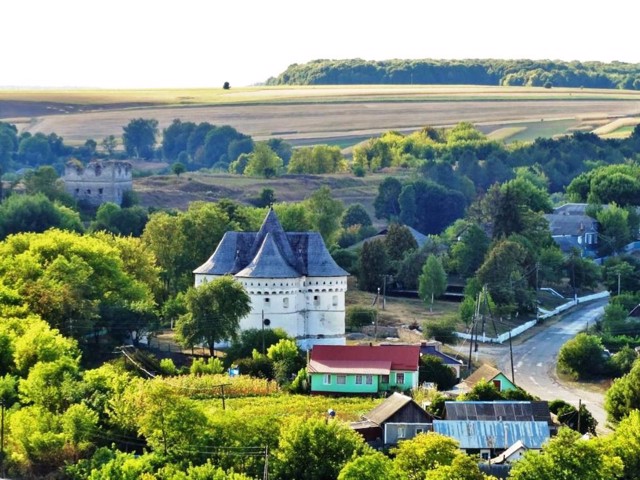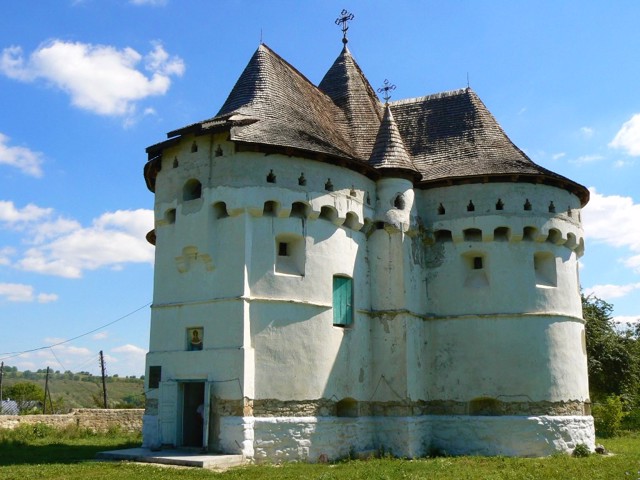Functional temporarily unavailable
Sutkivtsi
Travel guide online Sutkivtsi
General information about Sutkivtsi
The village of Sutkivtsi is located 5 kilometers east of Yarmolintsi, next to the Khmelnytskyi-Chernivtsi highway.
The fortified settlement probably appeared as early as the 14th century. The first documentary mention of Sutkivtsi dates back to 1407, when the Lithuanian prince Vytautas presented these lands to the Hungarian nobleman Hotko Croatov. His main residence was in nearby Yarmolintsi, and Sutkivtsi was inherited by his son Fedir - the founder of the Sutkivetskyi (Sutkivskyi) family. At that time, there was already a small stone castle in the village, which was later transformed into a defensive Intercession Church, which has survived to this day. For more reliable protection from nomads, Fedir Sutkivetskyi built a new castle, which was soon destroyed by the Tatars.
I ...
The village of Sutkivtsi is located 5 kilometers east of Yarmolintsi, next to the Khmelnytskyi-Chernivtsi highway.
The fortified settlement probably appeared as early as the 14th century. The first documentary mention of Sutkivtsi dates back to 1407, when the Lithuanian prince Vytautas presented these lands to the Hungarian nobleman Hotko Croatov. His main residence was in nearby Yarmolintsi, and Sutkivtsi was inherited by his son Fedir - the founder of the Sutkivetskyi (Sutkivskyi) family. At that time, there was already a small stone castle in the village, which was later transformed into a defensive Intercession Church, which has survived to this day. For more reliable protection from nomads, Fedir Sutkivetskyi built a new castle, which was soon destroyed by the Tatars.
In 1623, the new owner, Vinnytsia elder Oleksandr Balaban, restored the castle and strengthened it with four corner towers and a gate tower (only one survived). In the 18th-20th centuries, the Sutkivtsi castle was owned by the Hrabyanka Cossack family. According to legend, the famous mystic Thaddeus Hrabyanka received here the famous European adventurer who called himself Count Alessandro Cagliostro (Giuseppe Balsamo).
On the basis of preserved architectural monuments, it is planned to create a historical and cultural complex, restoration is underway.
Село Сутківці розташоване в 5 кілометрах на схід від Ярмолинців, поруч з трасою Хмельницький-Чернівці.
Укріплене поселення виникло, ймовірно, ще в XIV сторіччі. Перша документальна згадка про Сутківці відноситься до 1407 року, коли литовський князь Вітовт подарував ці землі угорському дворянину Хотьку Кроатові. Його основна резиденція була в сусідніх Ярмолинцях, а Сутківці перейшли у спадок до його сина Федора - засновника роду Сутківецьких (Сутківських). На той час в селі вже існував невеликий кам'яний замок, перетворений потім в оборонну Покровську церкву, яка дожила до наших днів. Для більш надійного захисту від кочівників Федір Сутківецький звів новий замок, який незабаром був зруйнований татарами.
Новий власник вінницький староста Олександр Балабан в 1623 році відно ...
Село Сутківці розташоване в 5 кілометрах на схід від Ярмолинців, поруч з трасою Хмельницький-Чернівці.
Укріплене поселення виникло, ймовірно, ще в XIV сторіччі. Перша документальна згадка про Сутківці відноситься до 1407 року, коли литовський князь Вітовт подарував ці землі угорському дворянину Хотьку Кроатові. Його основна резиденція була в сусідніх Ярмолинцях, а Сутківці перейшли у спадок до його сина Федора - засновника роду Сутківецьких (Сутківських). На той час в селі вже існував невеликий кам'яний замок, перетворений потім в оборонну Покровську церкву, яка дожила до наших днів. Для більш надійного захисту від кочівників Федір Сутківецький звів новий замок, який незабаром був зруйнований татарами.
Новий власник вінницький староста Олександр Балабан в 1623 році відновив замок і зміцнив його чотирма кутовими і надбрамною баштами (збереглася лише одна). В XVIII-XX століттях Сутківецьким замком володів козацький рід Грабянків. За легендою, відомий містик Тадей Грабянка приймав тут знаменитого європейського авантюриста, який називав себе графом Алессандро Каліостро (Джузеппе Бальзамо).
На базі збережених архітектурних пам'яток планується створення історико-культурного комплексу, ведеться реставрація.
Сплануй своє перебування у Sutkivtsi
What to see and where to go in Sutkivtsi
Tourist attractions and museums of Sutkivtsi
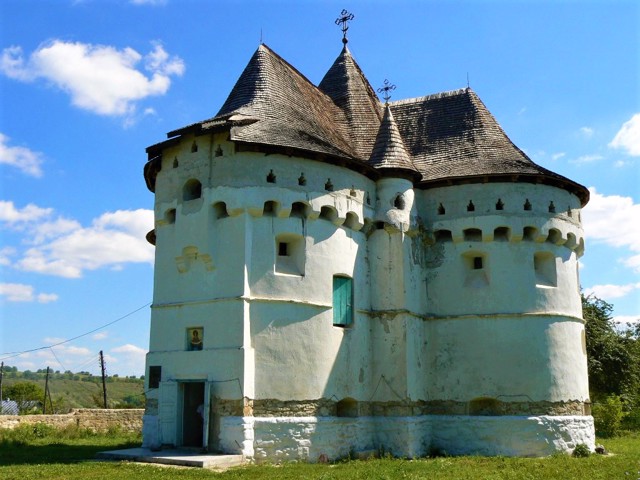
Holy Intercession Church-Fortress
Castle / fortress , Temple , Architecture
The unique Holy Intercession Church-Fortress in Sutkivtsi is a vivid example of a medieval defense-type temple. It was built in the 14th century as a purely defensive structure on the Kuchman route - one of the routes of Tatar raids. The architecture is reminiscent of Western European Gothic castles.
After Fedir Sutkivetskyi (Sutkivskyi), the owner of these lands, started building a new castle in the 15th century, the old one was rebuilt into the Church of the Intercession of the Holy Virgin. One of the bells shows the date of reconstruction - 1476.
The building is two-story: the temple was located on the first floor, and the battle passages and loopholes on the second. The middle part of the temple was covered with a high Gothic gable roof with a Baroque tower, and a tall wooden belfry rose on the front facade.
Perebudlva at the beginning of the 20th century gave the Church of the Intercession Russian Orthodox forms. In the 2000s, restoration was carried out to restore the original appearance of the temple.
For a long time, the Church of the Intercession belonged to the UOC MP, but in 2024 the church was returned to the state property, services were held in the Ukrainian language.
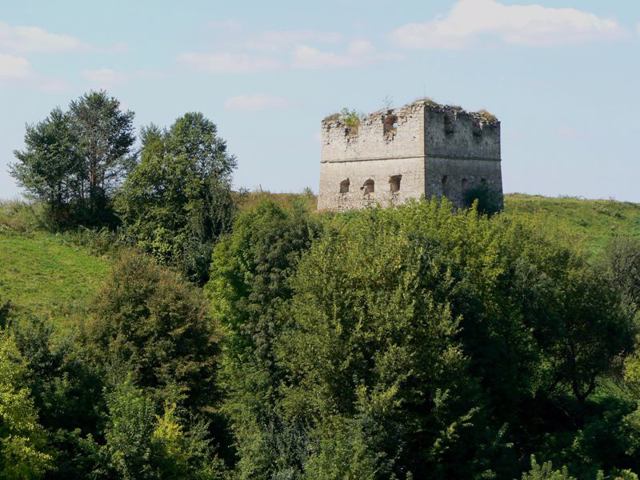
Sutkivtsi Castle
Castle / fortress
Sutkivtsi Castle today is the only surviving defensive tower of the fortified residence of the Sutkivetskyi family.
The construction of a regular tower castle was started by Fedir Sutkivetskyi in the 15th century on the basis of a 14th century fortification fortified with a stone wall. It became the main point of the southern defense line on the Kuchman road - one of the roads of the Tatar invasion.
The castle, rectangular in plan, had 4 corner towers, the entrance was made through a gate tower, from which a drawbridge was thrown over the moat. In 1567, the building was badly damaged during one of the Tatar assaults. In 1623, the new owner Oleksandr Balaban carried out reconstruction, but by the end of the 17th century, the castle lost its defensive significance and began to gradually collapse.
The pentagonal eastern tower, fragments of walls and ramparts have been preserved to this day. Restoration and creation of a historical and cultural reserve is planned. Access to the territory of Sutkivtsi Castle is free.
Reviews Sutkivtsi
Geographical information about Sutkivtsi
| {{itemKey}} | {{itemValue}} |
|---|---|
| Region |
Khmelnytskyi |
